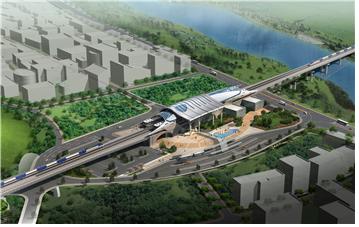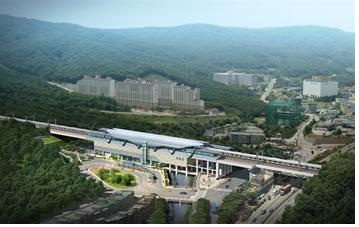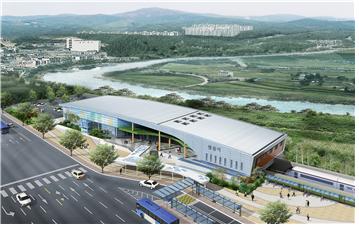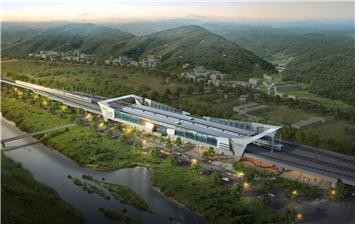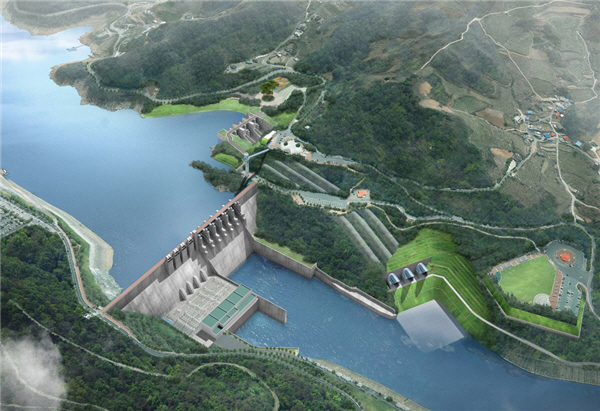

Factors that threaten the environment are continuously increasing at a rapid pace due to the land development, environmental climate changes, and pollutions. Therefore, countries over the world are putting efforts together to preserve the environment of our planet and to pursue sustainable growth through international agreements. Korea has joined and concurred with the international agreements and enactment or amendment of relevant law in alignment of aforementioned trends.
Moreover, Korea has been preparing the implementation of the relevant systems and the detailed execution plans for such systems, to display future progressive trends including the assessment of the economic value of environment and establishment of environmental governance in order to satisfy all of environmental issues, economic feasibility and sociability of development projects. In this regard, so as to protect the environment and sustainable development, environmental Impact assessment must be appropriately executed now and in the future.
Environmental Department of Seoyoung Engineering Co., Ltd. has been pursuing a singular path in a persistent way since 1995 and we are keeping the lead within the relevant industry by successfully executing ‘Strategic Environmental Impact Assessment(SEA)’, ‘Environmental Impact Assessment(EIA)’ and ‘Post-Environmental Impact Assessment’ with technical experts possessing extensive knowledge and experiences. Keeping on the progress, our department will continue to implement all the capabilities we can do for the future generations.
This project is to control the wide-area traffic problem laying between Seoul and neighboring cities due to the rapid growth in the Southern region of the metropolitan area. The project is expected to result expansion of the metropolitan railway networks, improvement of national competitiveness, as well as social costs reduction.
According to the double-track railway construction, the goal of this project is to regularly monitor the environmental impacts and pollutants mitigation measures implemented in neighboring areas and to utilize them as basic data in case of unexpected damages, with minimizing environmental impacts on surrounding areas.
